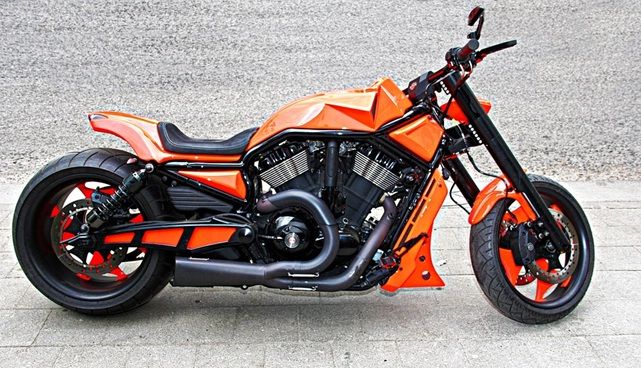How to Make Sure You Have the Right Pressure for Your Motorcycle

The right tyre pressure is the easiest and most important safety measure you can take
Having the correct tyre pressure is extremely important to achieve good fuel consumption and the longest possible tyre life. Your motorcycle needs to have the recommended tyre pressure to ensure the best performance, handling, and tyre life on the road. Tyre maintenance is one of the most important things you can do for your motorcycle in terms of safety and cost. The right PSI is crucial to your motorcycle's safety and longevity. Check both tyres of your motorcycle because the pressure in each tyre can often vary significantly. Finally, don't forget to check your spare tyre as well; bikers often don't notice it or forget about it, and you never know when you'll have to use it. For this reason, you want to keep it safe and ready to use at all times.
How Do You Know the Right Pressure for Your Tyres?
To ensure smooth, safe rides and durable tyres, it's important to choose the right tyre pressure for your vehicle. Tyre pressure is measured in pounds per square inch or PSI. Generally, it is recommended that no more than 60 psi should be used for bead seating. You can also find the recommended PSI level in the owner's manual for your motorcycle. Note that front tyres may have different tyre pressures than rear tyres.
How to Check Your Tyre Pressure
To check the pressure of the tyre, you must first remove the valve cap and place a pressure gauge in the valve stem of the tyre. To ensure accurate a reading, press the meter uniformly over the valve. It is recommended to check the tyre pressure once a month.
The Best Time to Check Your Tyre Pressure
To get an accurate PSI indicator, check your tyres when they are cold in the morning or at least three hours after the last time you were on the road. Always use a reliable air pressure gauge. You can do it yourself or engage the services of a trained, experienced workshop professional.
How to Tell if Your Wheel, Not Your Tyre, is Leaking
You might be experiencing a slow leak and think it’s your tyre that’s the culprit. After filling your tyre several times, you might want to change it completely. However, what if it wasn’t your tyre all along? These days, most motorcycles come with alloy rims. Unlike their steel counterpart, alloy rims are susceptible to air leaks. If you notice vibration and shaking while biking, your wheel is probably leaking air.
How to Deflate or Inflate Your Tyres
To deflate a tyre, you must remove the cap from the stem by turning it counterclockwise. Then, you need to press the back of the pneumatic handle on the end of the valve stem, which should simply protrude out of the short stem; at that point, you should hear the hissing of air from the valve lift to relieve the pressure. After a few seconds, you can remove the pneumatic handle and press the air indicator above the spindle again.
To inflate tyres, make sure they are cold. If you have driven more than a few kilometres, wait until the tyre is cold. The best time to inflate your tyres is the morning. Use an air pump to inflate the tyres. Give the pump some time to fill the tyres. If you have configured the PSI on your device yourself, you will hear a loud beep when the desired PSI has been reached.
What are the Signs You Have Low-Tyre Pressure?
Unknown to most bikers, when you take a corner and your tyres squeal, it means that you probably have low pressure in your tyres. The most obvious sign of knowing if you have low tyre pressure is a quick check. If they appear low, they probably are. Finally, most new vehicles have sensors that indicate low tyre pressure.
You must be logged in to comment
Login now